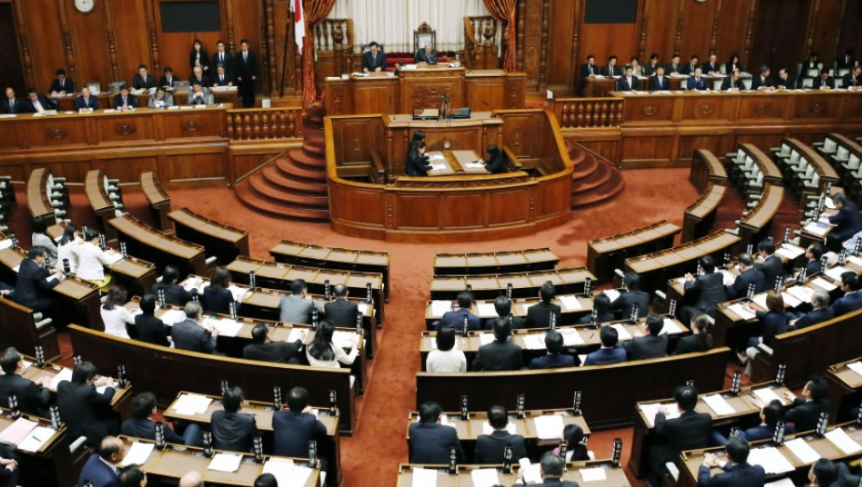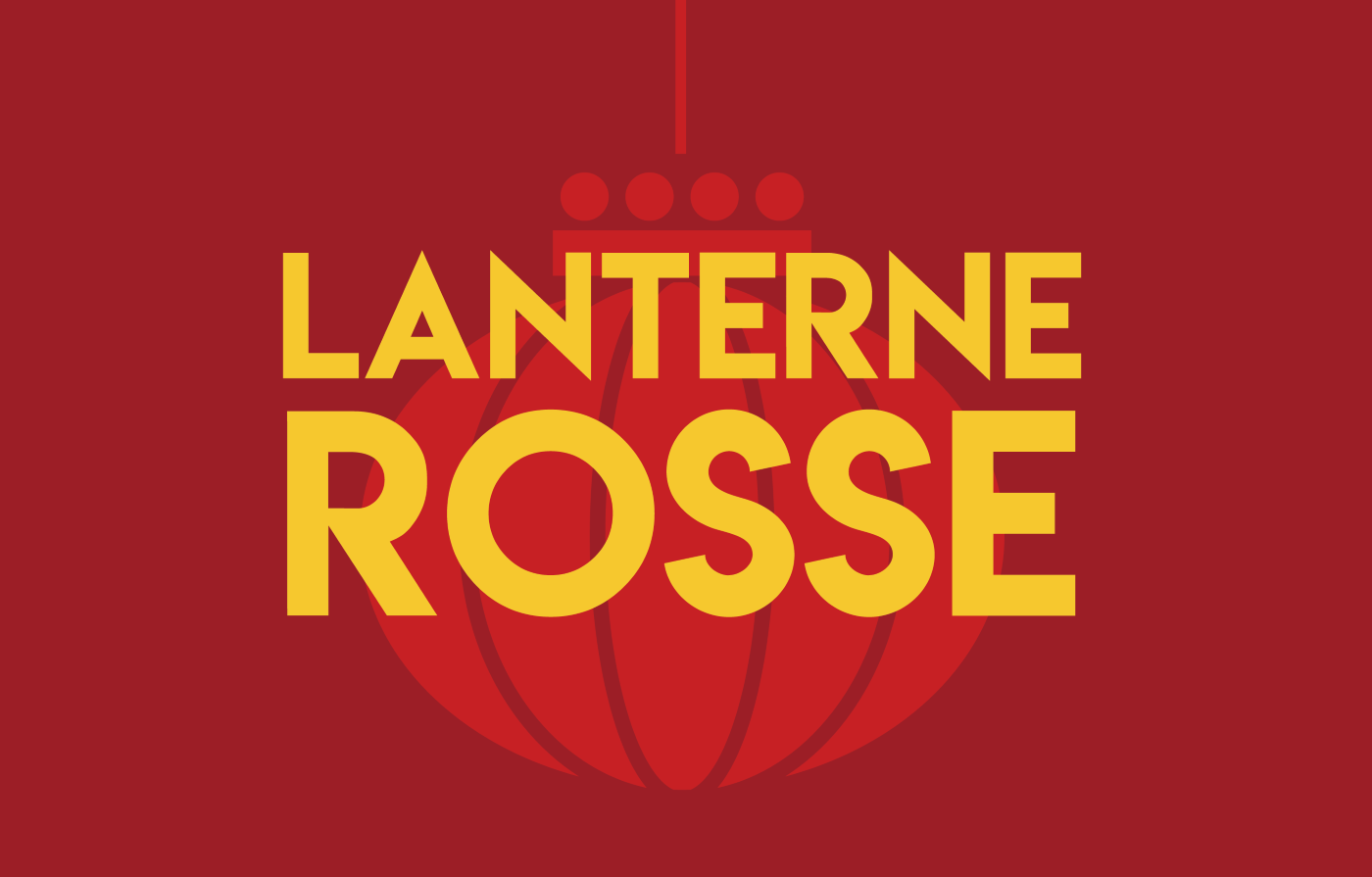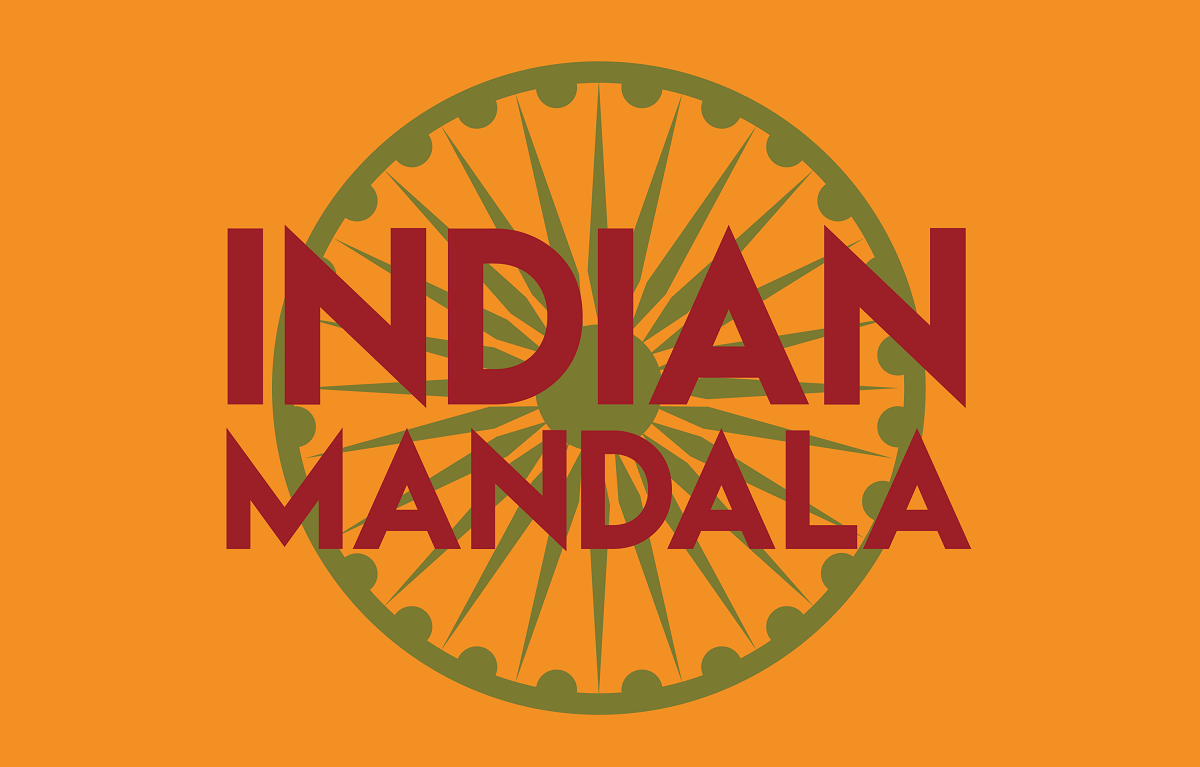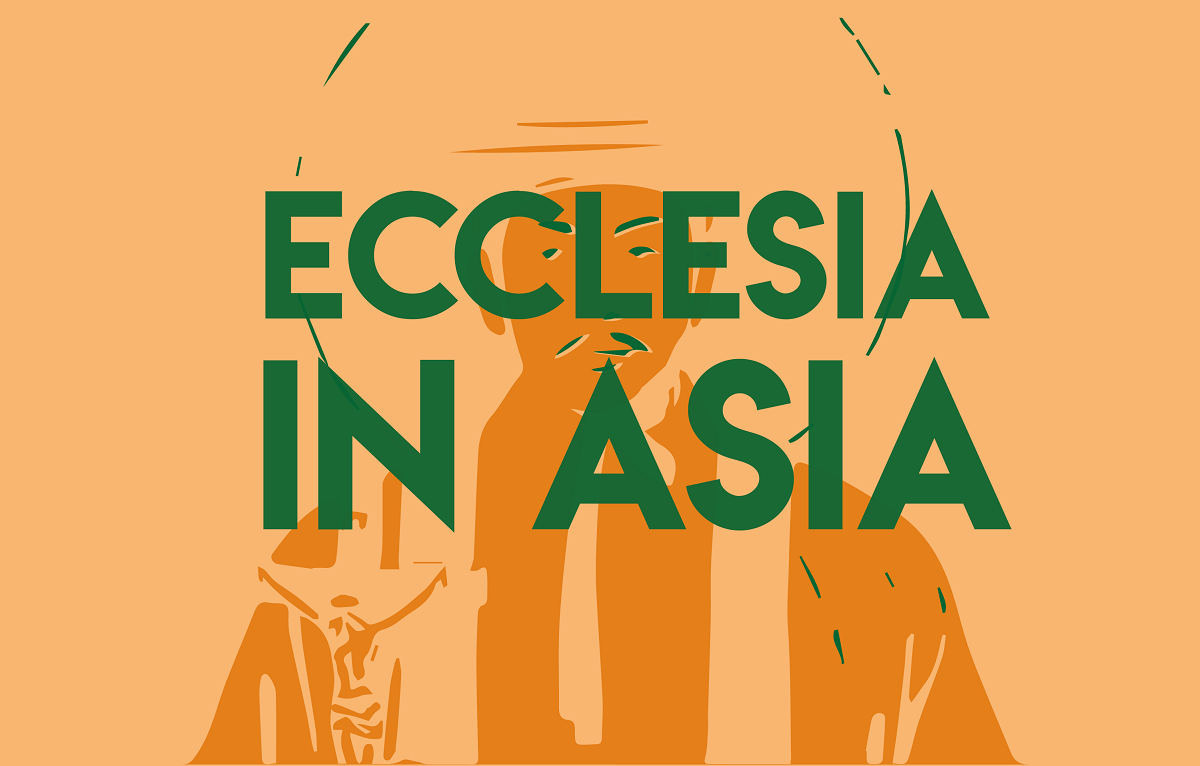Japan goes to the polls amid a rice crisis
Half of all these seats in the upper house will be renewed on 20 July, a crucial date for PM Ishiba after his Liberal Democratic Party failed to obtain an absolute majority in the lower house of parliament in last October's elections. For voters, the government’s response to rice prices will be crucial. This most iconic of grains has gained great importance in the country since the 1970s.
Tokyo (AsiaNews/Agencies) – Japan is heading towards a new election next month. Japanese voters will be cast their ballot on 20 July to pick 124 of the 248 members of the House of Councillors, the upper house of the National Diet (parliament).
The election campaign is set to officially kick off on 3 July.
Generally, this election does not directly affect the stability of the government; but this time, it could signify a major turning point for the Liberal Democratic Party (LPD), which has dominated Japanese politics for decades.
The LDP lost its majority in the House of Representatives, the lower house, in early elections last October, called by Prime Minister Shigeru Ishiba.
Recently, Yoshihiko Noda, leader of the opposition Constitutional Democratic Party of Japan (CDP), is rumoured to have put off a motion of no confidence, for now. Should the LDP perform poorly in the upper house election next month, he might turn to this option.
This election comes at a difficult time for the country, faced with a rice crisis. The grain plays a major symbolic role in Japanese society, and has dominated public debate for almost a year.
In March, the price of rice was 90 per cent higher than the previous year with people spending on average US$ 30 per 5 kilos of rice.
Only in May did the first, faint signs of lower prices appear, confirmed by a decline in the last three weeks. As a result, support for the prime minister and the ruling party began to show signs of recovery.
Rice in Japan has been a political issue since the 1970s when, following a production glut, the government intervened through a series of measures to prevent this from happening again.
Disincentives were formally abandoned in 2018, but production continues to be influenced by that legacy and continues to lag.
Today, the government protects the sector through strict import rules. A tariff-rate quota (TRQ) system involves a low quota for duty-free rice imports, and once that quota is exceeded, a high tariff is applied to further imports.
This protectionist policy is justified – above all – by the need to gain the support of rural voters, but has caused grumbling in urban areas.
Japan is now forced to import large quantities of rice to cope with the crisis.
While major imports from California could have been an interesting bargaining chip with the United States to negotiate lower tariffs, this path was put aside so as not to upset the rural electorate, historically aligned with the LPD.
To deal with the crisis, the government decided in March to open the state rice reserves, but this was not enough to calm the situation. Some accuse the government of acting too late while others complain of poorly managing the process.
Only in mid-May did prices finally begin to fall, also thanks to the intervention of the new Minister of Agriculture, Shinjiro Koizumi, a stranger to the farm lobby in his party, but appreciated according to the polls.
He took office after his predecessor was forced to resign for making a statement that further damaged the government’s credibility in managing the crisis. Now these first steps towards a solution to the emergency seem to have reversed the government’s negative fortune among voters.
According to a Kyodo News poll, support for Prime Minister Ishiba stood at 27 per cent in mid-May, but a more recent survey found that his approval rating was up, at 37 per cent.
Since the LDP lacks a majority in the lower house, the upper house election is crucial. A defeat would spell the end of Ishiba’s leadership, who is already facing opposition from within his own ranks. Conversely, should he win, he would gain the political legitimacy he sought last October election.
According to an Asahi Shimbun poll, the conservative Liberal Democratic Party (LDP) still leads with 26 per cent, followed by the centre-left Constitutional Democratic Party of Japan (CDP) at 12 per cent while the centrist Democratic Party for the People (DPP) follows with 10 per cent.
The last two parties emerged in 2017 and 2018 from the ashes of the Democratic Party (DP), but are going through a phase of internal turmoil that could compromise their electoral chances.
The DPP lost the advantage it had in December over the CDP because of its handling of a controversial candidate, Shiori Yamao, who was involved in certain scandals.
Other parties are the Japan Innovation Party, a right-wing populist party backed by 7 per cent of voters, followed by Komeito, currently in the government coalition, with 4 per cent.
Other economic and financial issues will also influence the vote, above all inflation, which has risen because of tariffs imposed by the Trump administration.
Ishiba backs a plan to hand out cash subsidies to citizens to limit the burden of inflation. The opposition parties instead tend towards tax cuts or increases in real wages.
31/10/2024 13:59
26/10/2024 14:42
21/05/2025 18:25
11/07/2022 14:40







.png)










